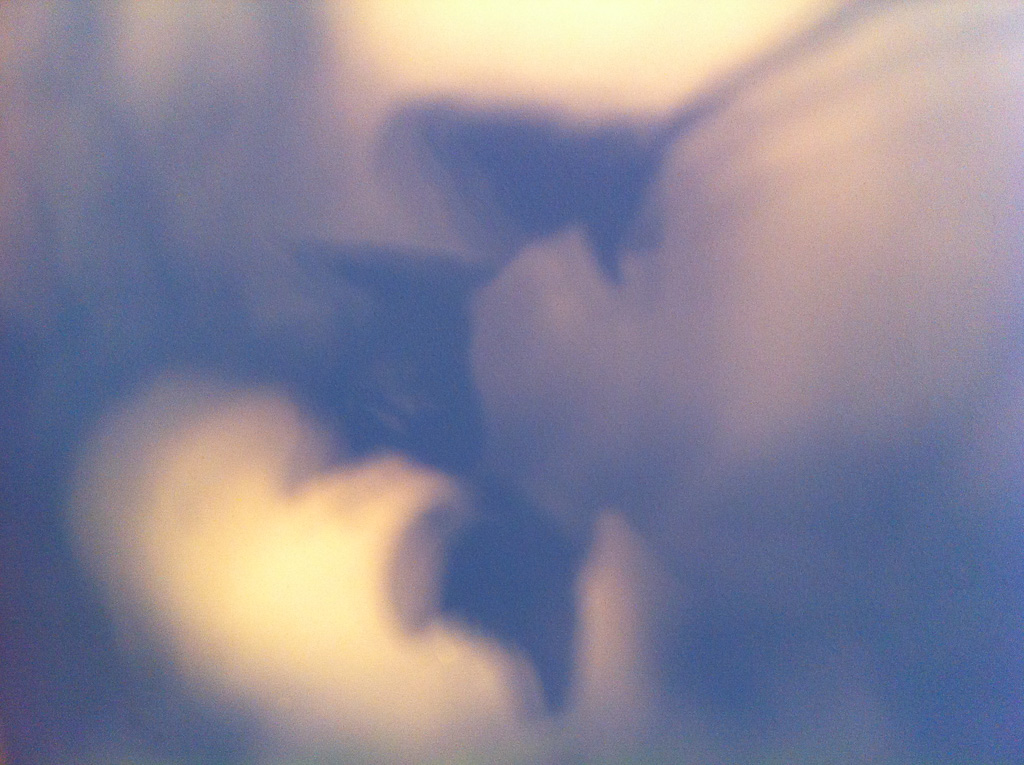In mid-summer, the sun rises late above our house. We live on a steep hill; the skyline of the Moor to the north and east looms above us. The high ground of the Moor is surprisingly flat, so our north-eastern horizon is still horizontal, albeit well above eye-level. By the time the sun finally climbs above it, the red of dawn has already left the sky.
As the Earth’s tilt turns slowly away from the sun, sunrise moves a fraction of a degree farther to the right each morning. Come the equinox, it has left the Moor behind, rising above our friend’s farm to the east. From there, her fields—and our horizon—fall away. The sun begins to rise more on schedule, more red, but climbs lower in the sky. Autumn is here.
Around the time of the equinox, depending on the weather, there comes a first morning when the rays of the newly risen sun, filtered through the branches of the sycamore and fir near the garden gate, angle through our deep-set mullioned windows, pass over the sink, and strike the painted wall of our kitchen. It’s an alignment which pleases me immensely. Our kitchen might not be of World Heritage Site calibre just yet, but the alignment is a reminder that our house sits on the same spinning rock as Stonehenge and Newgrange, and that you can tell the time of year simply by looking at the shadows cast on its walls. When the abstract, curving silhouette of our kitchen tap appears right there, on the west wall, you know for sure it must be near the autumnal equinox.

I love the photographic quality of the shadow. The projected, high-contrast, monochrome image always reminds me—obliquely, in more way than one—of Henry Fox Talbot’s famous 1835 image of a latticed window at Lacock Abbey, the negative of which—the world’s oldest—is stored safely away from the rising sun’s rays, a few miles down the road, deep in the bowels of the National Media Museum in Bradford.
As the sun continues to rise, the shadow slowly becomes less distorted, more square, migrating diagonally down the wall. As more of the sun’s rays begin to enter the house, it heads off across the floor, becoming lost in the growing light.
There is a reprise. The equinox past, less than 12 hours after sunrise, the sun sets just to the south of west. You can watch it through another of our kitchen windows. Again, the sun’s low rays are filtered—by the leaves of our cherry tree this time—before casting the shadow of the orchid on the windowsill on to the opposite wall, just above the bin. The sunset lends the resulting image a softer, more autumnal, sepia pastel tint.


Leave a Reply